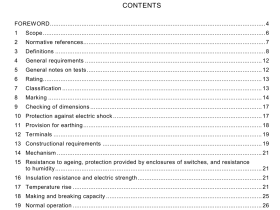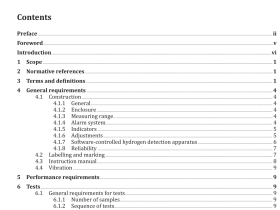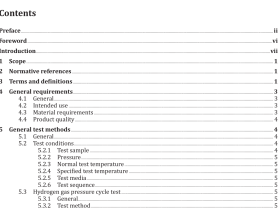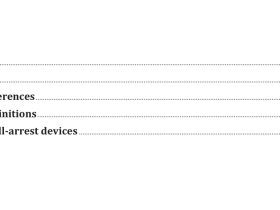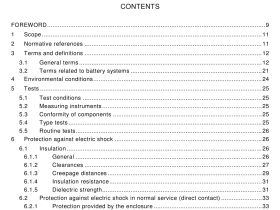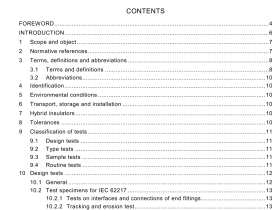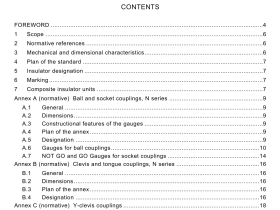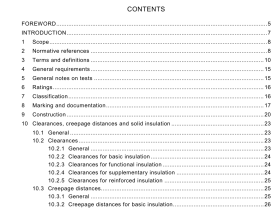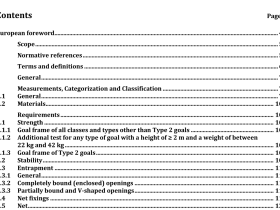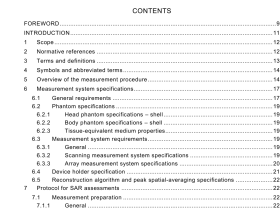AS 13006 pdf download
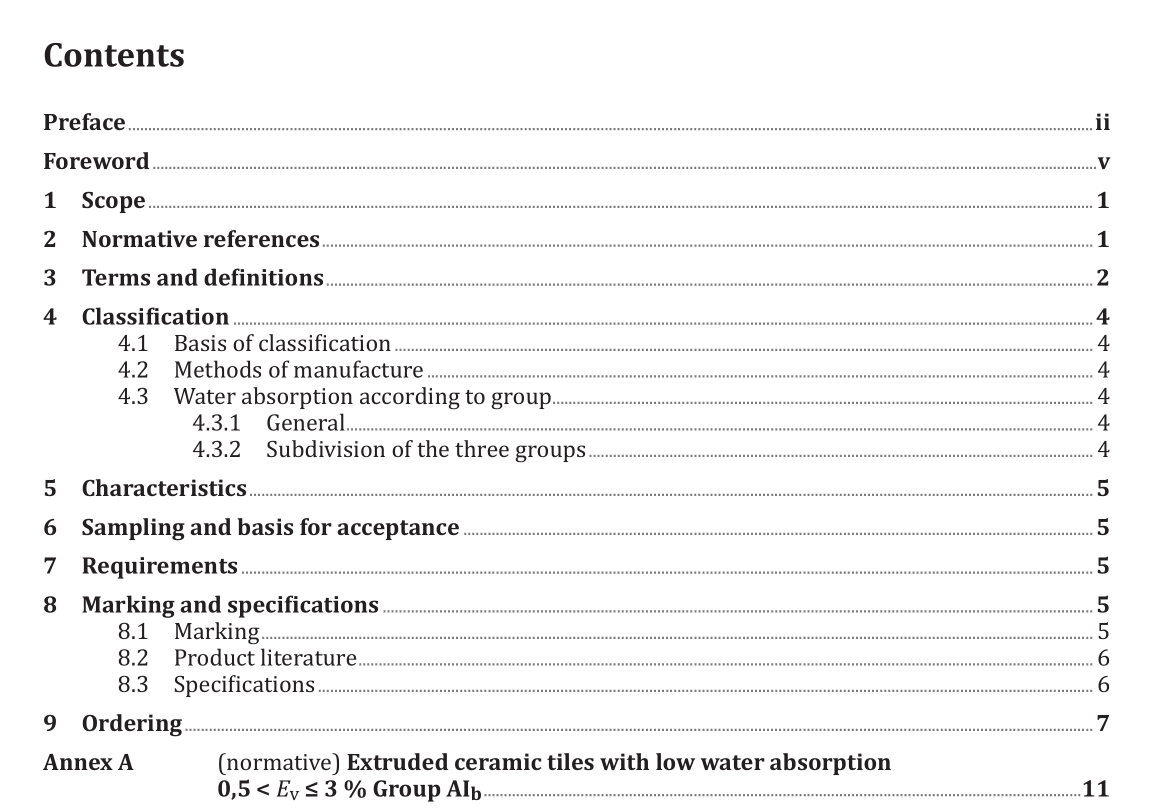
AS 13006 pdf download.Ceramic tiles — Defnitions, classifcation, characteristics and marking (ISO 13006:2018 (ED.3.0) MOD)
1 Scope
This document defines terms and establishes classifications, characteristics and marking requirements for ceramic tiles of the best commercial quality (first quality). This document is not applicable to tiles made by other than normal processes of extrusion or dry pressing. It is not applicable to decorative accessories or trim such as edges, corners, skirting, capping, coves, beads, steps, curved tiles and other accessory pieces or mosaics (i.e. any piece that can fit into a square, the side of which is less than 7 cm). NOTE ISO 10545 (all parts) describes the test procedures required to determine the product characteristics listed in this document. ISO 10545 is a multi-part standard, each part describes a specific test procedure or related matter.
3 Terms and definitions
For the purposes of this document, the terms and definitions given in ISO 1006 and the following apply. ISO and IEC maintain terminological databases for use in standardization at the following addresses: — IEC Electropedia: available at https:// www .electropedia .org/ — ISO Online browsing platform: available at https:// www .iso .org/ obp 3.1 ceramic tile thin slab made from clays and/or other inorganic raw materials, generally used as covering for floors and walls, usually shaped by extruding (A) or pressing (B) at room temperature, but may be formed by other processes (C), then dried and subsequently fired at temperatures sufficient to develop the required properties Note 1 to entry: Tiles may be glazed (GL) or unglazed (UGL); they are incombustible and are not affected by light. 3.2 porcelain tile fully vitrified tile with water absorption coefficient less than or equal to a mass fraction of 0,5 %, belonging to groups AI a and BI a 3.3 glaze vitrified covering that is impermeable 3.4 engobed surface clay-based covering with a matt finish which may be permeable or impermeable Note 1 to entry: A tile with an engobed surface is regarded as an unglazed tile. 3.5 polished surface surface of glazed and unglazed tile which has been given a glossy finish by mechanical polishing as the last stage of manufacture 3.6 extruded tile tile, whose body is shaped in the plastic state in an extruder, the column obtained being cut into tiles of pre-determined dimension, and which is designated as Group A Note 1 to entry: This document classifies extruded tiles as “precision” or “natural”. The classification is dependent upon the different technical characteristics as listed in the individual product standards. Note 2 to entry: Traditional terms used for extruded products are “split tiles” and “quarry tiles”. They commonly indicate double-extruded and single-extruded tiles, respectively. The term “quarry tiles” only refers to extruded tiles with a water absorption coefficient of a mass fraction not exceeding 6 %. 3.7 dry-pressed tile tile, formed from a finely milled body mixture and shaped (e.g. in dies or moulds) at high pressure, and which is designated as Group B 3.8 water absorption E v percentage of water impregnating a tile Note 1 to entry: This is measured in accordance with ISO 10545-3.Note 2 to entry: Water absorption is expressed as a mass fraction of dry mass. 3.9 Sizes Note 1 to entry The sizes are only defined for rectangular tiles. If the sizes of non-rectangular tiles are required, they are defined by the smallest rectangle into which they fit. 3.9.1 nominal size size used to describe the product Note 1 to entry: See Figures 1 and 2. 3.9.2 work size size of a tile specified for manufacturing to which the actual size shall conform within specified permissible deviations Note 1 to entry: See Figures 1 and 2. 3.9.3 actual size size obtained by measuring the face of a tile Note 1 to entry: This is measured in accordance with ISO 10545-2. Note 2 to entry: See Figures 1 and 2. 3.9.4 coordinating size work size plus the joint width Note 1 to entry: See Figures 1 and 2. 3.9.5 modular size tile and size based on module M, 2 M, 3 M and 5 M and also their multiples or subdivisions, except for tiles with a surface area of less than 9 000 mm 2 Note 1 to entry: See ISO 1006, where 1 M = 100 mm. Note 2 to entry: See Figures 1 and 2. 3.9.6 non-modular size size not based on module M Note 1 to entry: See ISO 1006, where 1 M = 100 mm. Note 2 to entry: Tiles of these sizes are those commonly used in most countries. Note 3 to entry: See Figures 1 and 2.
